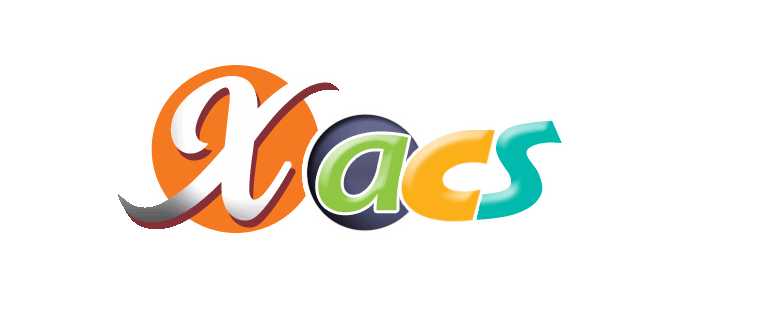News
- DARKKO 4. Ayında! Eğlence Devam Ediyor!
- Bu Yaz DARKKO ile Daha Eğlenceli!
DARKKO 4. Ayında! +500.00 TL Ödül Teslim Edildi
Takip etmek için giriş yapın
Takipçiler
0
Transmission of plant viruses pdf
Oluşturan:
uvwzkg0k0,
-
Merchant Area
